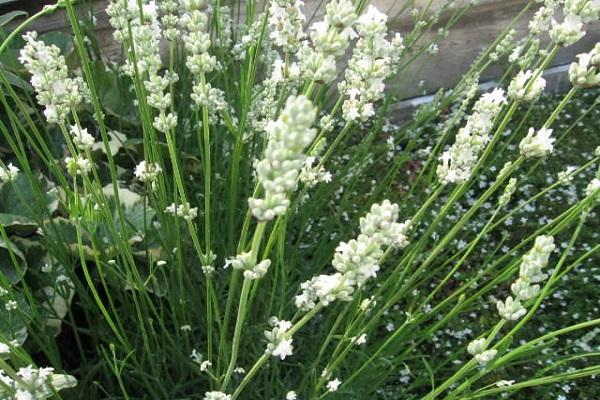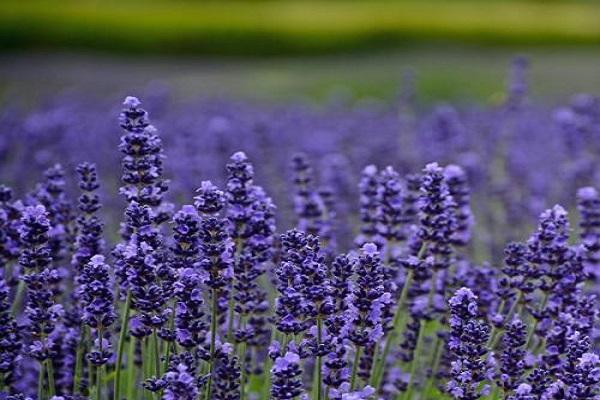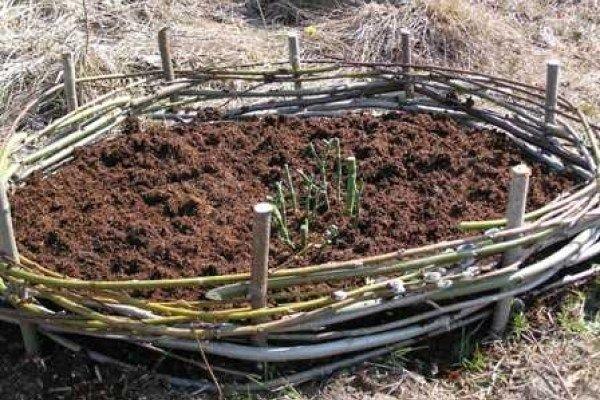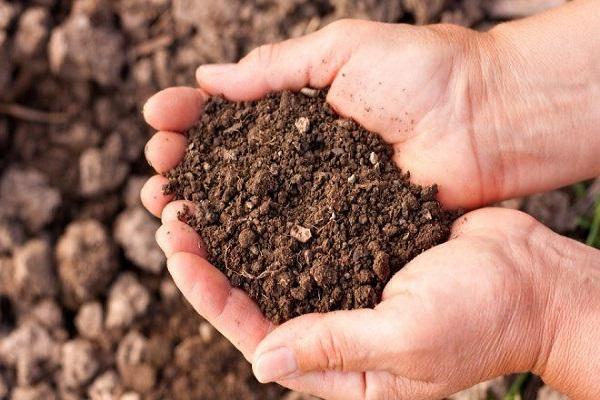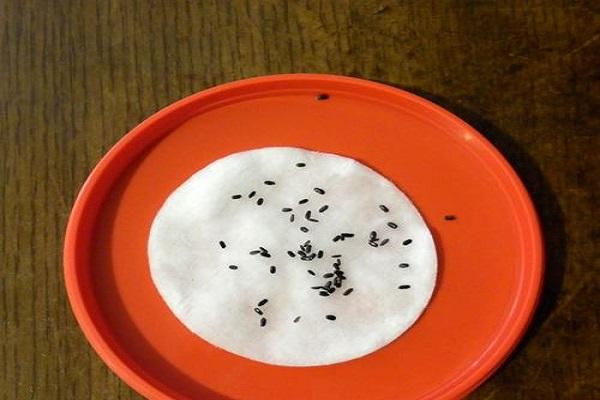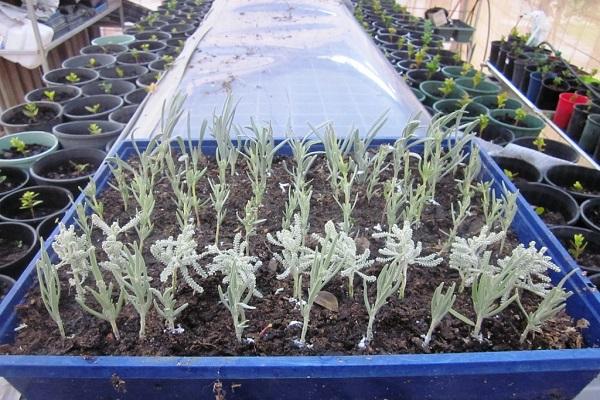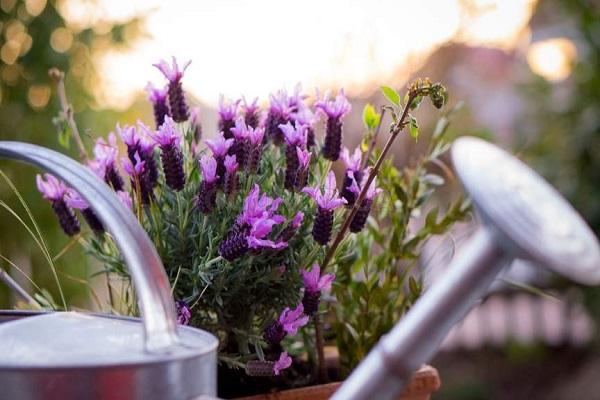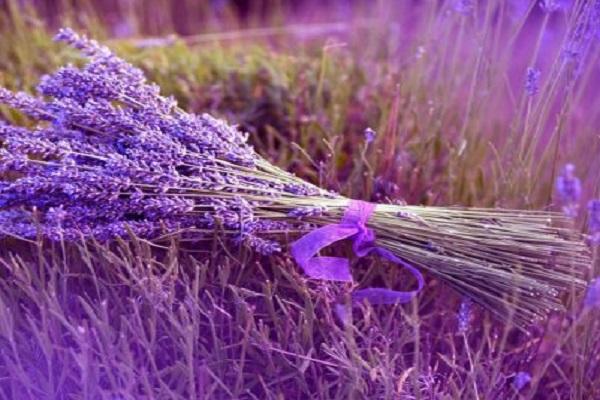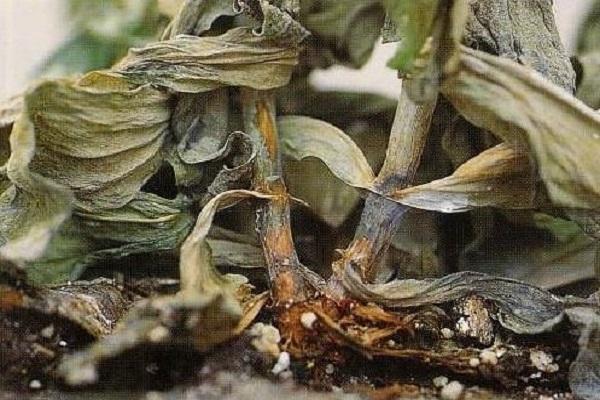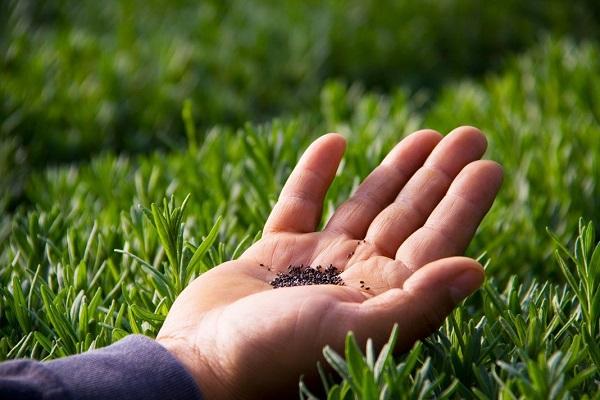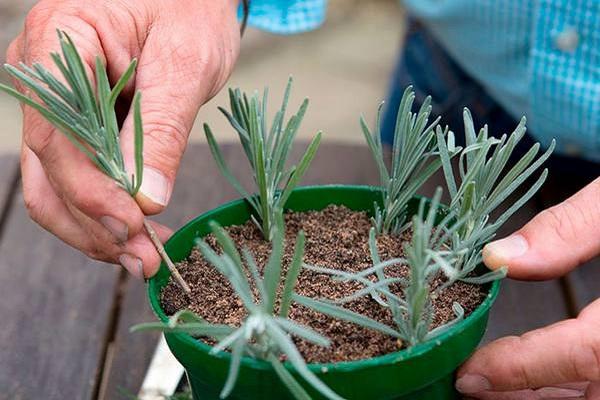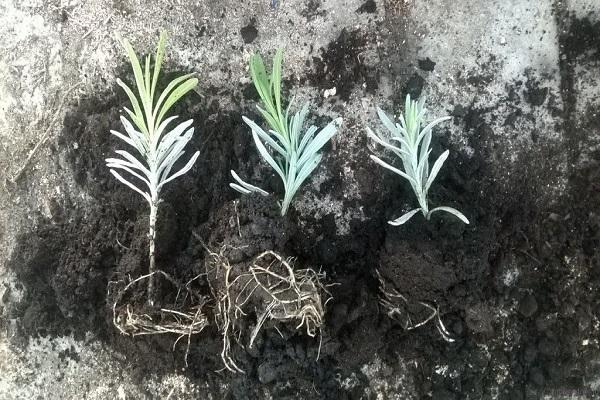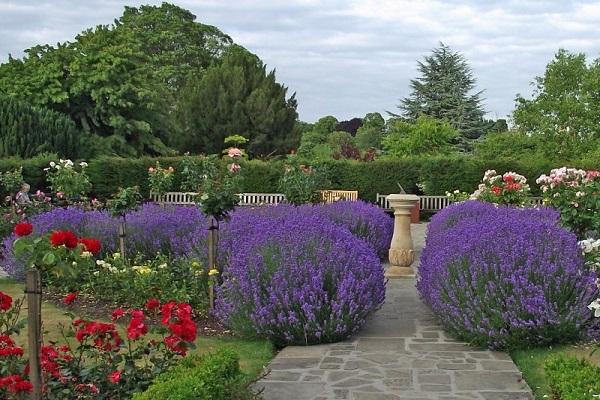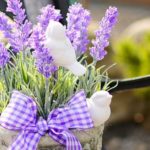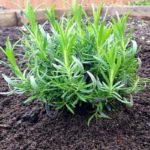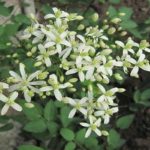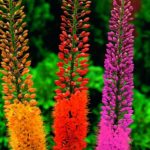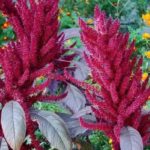A plant with a beautiful name and mysterious aroma is even sung in a famous song. Not by chance. After all, blue flowers are a symbol of love, tenderness, and romantic encounters. Lavender will decorate any garden; its aroma will bring back warm memories of youth. To ensure that spring always “blooms” in your soul, you need to plant just a few bushes of blue flowers. WITH planting lavender in open ground in the Urals and caring for Even a novice gardener can handle the plant.
- Suitable lavender varieties for the Urals
- Alba
- Features of growing plants in this region
- Choosing a landing site
- Soil selection
- Planting process
- Before winter
- in spring
- Nuances of plant care in the Urals
- Watering and fertilizing
- Pruning and preparation for winter
- Diseases and pests
- Shrub propagation
- Seeds
- Cuttings
- By layering
- Dividing the bush
- Use in landscape design
Suitable lavender varieties for the Urals
More than 25 types of natural lavender are known. As a crop, 2 main varieties are grown:
- French broadleaf (heat-loving);
- English narrow-leaved (grows in cool conditions).
Types of English narrow-leaved lavender are suitable for the harsh climate of the Urals.
- A plant with bright green-silver leaves up to 60 cm high. The growth of some varieties does not exceed 15 cm.
- Small flowers with a purple tint. Flowering begins in July, but occasionally occurs in August.
- The branches have white pubescence, which is why the entire bush looks bluish.
When growing flowers in the climatic conditions of the Urals, no special effort is required, but the choice of variety should be taken responsibly. The English narrow-leaved variety is the most suitable for the harsh Ural region. The plant overwinters well and can withstand low temperatures (-30 °C), but in the Urals it is advisable to cover lavender for the winter.
Alba
Popular among winter-hardy Alba species. A half-meter bush with magnificent snow-white flowers and a lasting fragrance. The fragrant flower has been pleasing to the eye for 20 years. A wonderful honey plant. Straight shoots with flowers at the top become woody over time.
Cornflowers, cloves, yarrow are plants with which lavender is planted, as well as with herbs: thyme, rosemary, sage. It is useful to plant roses with lavender flowers, since aphids do not tolerate their smell.
In addition to Alba, the following varieties are popular among gardeners in the Urals:
- Munstead. The plant is up to 45 cm tall with bright blue flowers and tolerates strong winds.
- Rosea. The flowers are pale pink. The variety amazes with its tenderness and beauty.
- Beechwood Blue. Blue inflorescences look attractive.
- Hidcote.Bright lilac flowers on low growing bushes. But among the plants of this species there are also tall ones, for example, Hidcote Giant.
These varieties are planted in the garden, but this does not mean that other, heat-loving types of lavender cannot be grown in the Urals. It’s possible, but as a home crop or as an annual when it’s warm.
Features of growing plants in this region
The Ural climate is not distinguished by its softness and warmth: it is harsh, with cold, long winters, prickly winds, and severe frosts. Although in the southern Urals the weather is a little milder than in the northern. Viable plants can withstand such conditions. Therefore, the English lavender variety with narrow leaves is often planted in this zone.
Choosing a landing site
To plant perennial lavender in the Urals, it is necessary to take into account the requirements for the location, since its choice is a guarantee of successful growth and luxurious flowering of the bush:
- It should be well lit and sunny.
- Where there are no drafts and no wind.
- Choose a high, dry place.
Soil selection
Lavender does best in dry, sandy soils. It is not necessary that the land be fertile; the main condition for preparing the soil is the absence of nearby groundwater and high humidity.
If, after all, the ground is waterlogged, it is necessary to organize good drainage from crushed stone, expanded clay, and pebbles. The plant also does not like acidic soil. Acidity is neutralized with ash or lime.
Planting process
Lavender bushes are planted with both seeds and seedlings. Young seedlings are taken outside in the last month of spring (May). When sub-zero temperatures on the soil are no longer scary:
- Dig holes no more than 35 cm deep. Pour a layer of drainage, then peat or humus.
- Place a seedling in a hole, straighten the roots, and bury it. The soil is compacted.
- After planting, the plants are watered.
The interval between planting holes is at least 40 cm. Lavender seeds are planted both in autumn and spring.
Before winter
At the end of September or at the beginning of October in the Urals, lavender seeds are planted in open ground. First, the area is dug up with coarse river sand or fine gravel for better air exchange. The seeds are buried no more than 4 mm. The soil on top is lightly compacted. In dry weather, the area with crops is watered, but not much.
To prevent seeds from freezing in winter, add more snow to the planting area.. The first shoots should appear in early June.
in spring
If for some reason it was not possible to plant in the fall, do not despair. Before sowing seeds in open ground in the spring, they are hardened, that is, stratified.
To do this, in mid-March, the seed is mixed with sand and sent to the refrigerator:
- When it becomes warm outside and the night frosts have passed, the seeds are sown in the ground.
- It is necessary to ensure that the soil does not dry out, this will lead to the death of young shoots.
- First, the area with crops is protected with a covering material (spunbond, agrotex), and the moisture-proof side should be facing upward.
- Shoots emerge after 21 days. When they get a little stronger, the covering material is removed.
Nuances of plant care in the Urals
There are no special features in caring for Ural lavender. A correctly selected planting site and prepared soil are a guarantee of healthy, beautiful flowers with lush blooms. Standard care.
Watering and fertilizing
Drought is less dangerous for lavender than overwatering. Water dry soil (no more than 5 liters per bush) once every 15 days. When the plant has finished blooming, stop watering completely.
The bushes are fed with mineral fertilizers. Organic (peat, manure, humus) are added during planting. For the first time, the seedlings are fed with urea (1 tablespoon per bucket of water). The second feeding is carried out when the lavender blooms, for example, with Agricola.
A wide selection of products for feeding lavender in specialized stores. How to use them is indicated on the packaging.
Pruning and preparation for winter
In the Ural climate, lavender is pruned in spring:
- First, dry branches are removed, then diseased and damaged ones.
- No more than 6 regrown shoots are left on each bush.
In the fall, the plant is not disturbed by pruning so that it has time to prepare for wintering. Thanks to spring pruning, the bushes are rejuvenated, look neat, and bloom luxuriantly. To avoid freezing in winter, careful gardeners cannot do without covering their plants. Cover the plantings with agrofibre, burlap, any non-woven material, even spruce branches.
Under no circumstances should you cover lavender with compost or fallen leaves. They over-moisten the soil, the plant will rot and rot.. One of the measures to prevent freezing in the Urals is growing in pots and flowerpots, which, with the onset of cold weather, are brought indoors, the plant is left alone, and watered occasionally.
Diseases and pests
The most dangerous disease for lavender is gray rot. It starts from waterlogging. This is why it is so important to regulate the watering of plants. Diseased flowers will have to be destroyed, and the remaining ones will have to be treated with fungicidal agents.
Insects that can harm lavender bushes: rainbow beetle, aphids, pennies. The beetle eats foliage and is often collected by hand. Because of the pennies, the plant is covered with white foam. In this case, the bush is washed with warm water.The plant is sprayed against insect pests with a product such as Actellik. The strong aroma of the lavender bush, which many parasites cannot stand, repels harmful insects.
Shrub propagation
Lavender is bred using cuttings, layering, seeds, and dividing bushes.
Seeds
In the Urals, propagation by seeds is the best option. Seed material is stored in a place where it is dark and cool. Seeds remain viable for a long time. The main condition is the tightness of the packaging.
Before sowing, the seeds are hardened, that is, the future plant is prepared for cold conditions and strong winds. Already at this stage of cultivation, lavender is prepared for harsh climates. As gardeners in the Urals note, flowers grown from seeds are more resilient than those planted as seedlings.
Cuttings
This method is used to propagate the bush at any time:
- A woody shoot, called a cutting, is cut off from an adult plant. It is planted in a pot of soil.
- The bowl is covered with polyethylene, which is removed every day and the plant is ventilated.
- The soil is sprayed with water as it dries.
After 50-60 days, the cuttings will take root and begin to grow leaves.
By layering
An adult shoot is bent to the ground, secured with a metal bracket, and sprinkled with earth in this place. Where the shoot was attached, it will take root next spring. It is cut and planted in the right place.
Dividing the bush
The propagation method is possible where lavender bushes already grow. In the summer, it becomes overgrown with young shoots. First, fresh shoots are cut to at least 10 cm. They are covered with soil so that there is no free space between the stems. In mid-autumn, the bushes are dug up and separated with a shovel. Planted where required.
Use in landscape design
The riot of colors of blooming lavender will decorate even the most unattractive cottage. Alpine hills and rocky gardens are places where lavender is most often planted. Lawns planted with blue flowers look well-groomed and luxurious.
Flower beds, flowerpots with lavender, garden paths lined with different shades of purple flowers look gorgeous. Borders decorated with lavender bushes are also stunning.
Lavender flowers look no less elegant when combined with other plants, such as roses and hydrangeas. In addition to its beauty, lavender protects neighbors from insidious insects with its fragrance.
The contrast of lilac colors with white, red, yellow flowers gives the site an elegant, festive look. Planting and growing lavender in the Urals is no more difficult than in any other region.


